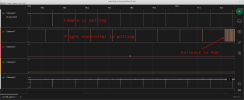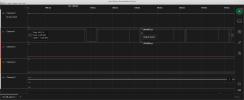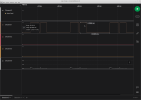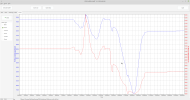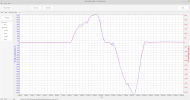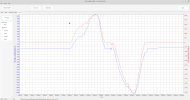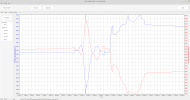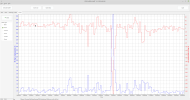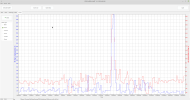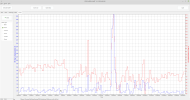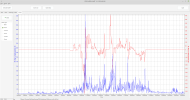h-elsner
Premium Pilot
- Joined
- Mar 23, 2016
- Messages
- 2,393
- Reaction score
- 2,153
- Location
- Bavaria / Germany
- Website
- h-elsner.mooo.com
I'm working on a SW tool to bring the communication between SR24 - drone - gimbal together. I'm using a 4 channel logic analyzer from Saleae and its analyzer SW (luckily available for LINUX too).
Currently no new results but a lot of data will be recorded.
To analyze all the recorded data is a lot of work and any help would be appreciated.
Currently no new results but a lot of data will be recorded.
To analyze all the recorded data is a lot of work and any help would be appreciated.



